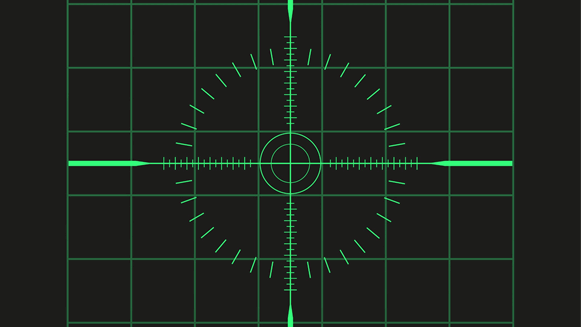OMV AG has discovered a natural gas deposit in the Norwegian Sea, 65 kilometers southwest of the producing Aasta Hansteen field, and has encountered recoverable quantities of an estimated 30 to 140 million barrels of oil equivalent, the company announced.
The discovery well, appraisal well 6605/6-1 S, is the first to be drilled under production license 1194. Norway granted the license to OMV subsidiary OMV (Norge) AS, Inpex Corp. subsidiary Inpex Idemitsu Norge AS and Vår Energi ASA in February 2023. Austrian state-owned OMV holds a 40 percent operating stake, while Japan’s Inpex and Vår Energi, majority-owned by Eni SPA, each own 30 percent.
“PL1194’s license partners will continue to evaluate the discovery for potential gas field development down to nearby infrastructure,” OMV said in a statement on its website. “By leveraging existing infrastructure, subsea development down to the Aasta Hansteen host platform will result in faster planning and implementation with lower development costs and a lower carbon footprint.”
“This discovery could unlock significant potential in the region and extend the life of the Aasta Hansteen gas hub, in which OMV already has a stake,” said Berislav Gašo, OMV Vice President for Energy. OMV holds a 15 percent stake in the Aasta Hansteen field, which is operated by 51 percent owner Equinor ASA.
“By focusing on gas as a transition fuel, OMV is investing in affordable energy solutions and contributing to a more sustainable energy mix,” said Gašo. OMV aims to increase the share of gas in its production to over 60 percent by 2030, according to a strategy published on March 16, 2022.
According to OMV, the discovery well, also called Haydn/Monn, is located 300 kilometers west of the Norwegian mainland at a water depth of 1,064 meters.
The drilling, conducted by the Transocean Norge rig, primarily targeted Upper Cretaceous reservoir rocks in the Springar Formation. “In the primary exploration target, the well encountered a gas column of approximately 20 metres (65.6 ft), of which 13 metres (42.7 ft) was in sandstone reservoir rocks with moderate to good reservoir quality,” the Norwegian Offshore Directorate said separately.
“In addition, gas-filled sandstone layers totaling approximately 11 meters (36.1 feet) were found in the lower part of the Springar Formation,” the regulator said upstream.
In the secondary target, the Nise Formation, a gas column approximately five metres (16.4 feet) thick was encountered in medium-quality sandstone reservoir rocks.
The well was drilled to a vertical depth of 4,641 meters (15,226.4 feet) and is measured at 5,123 meters (16,807.7 feet) below sea level. It has now been permanently plugged and abandoned, the management said.
To contact the author, send an email to [email protected]
What do you think? We would love to hear from you. Join the discussion on
Rigzone Energy Network.
The Rigzone Energy Network is a new social experience created for you and all energy professionals to voice your opinion about our industry, share knowledge, connect with peers and industry insiders, and engage in a professional community dedicated to advancing your energy career.

